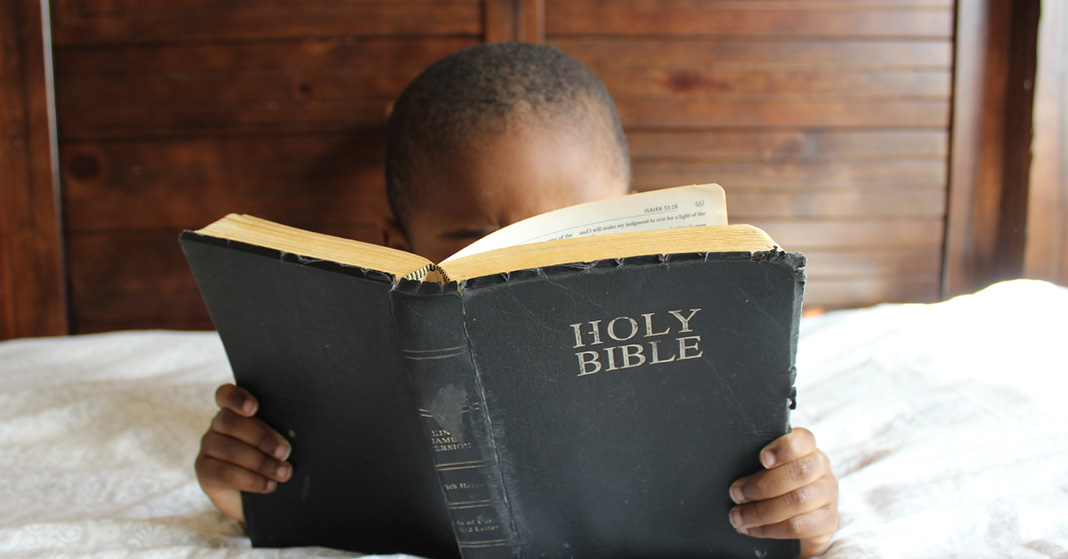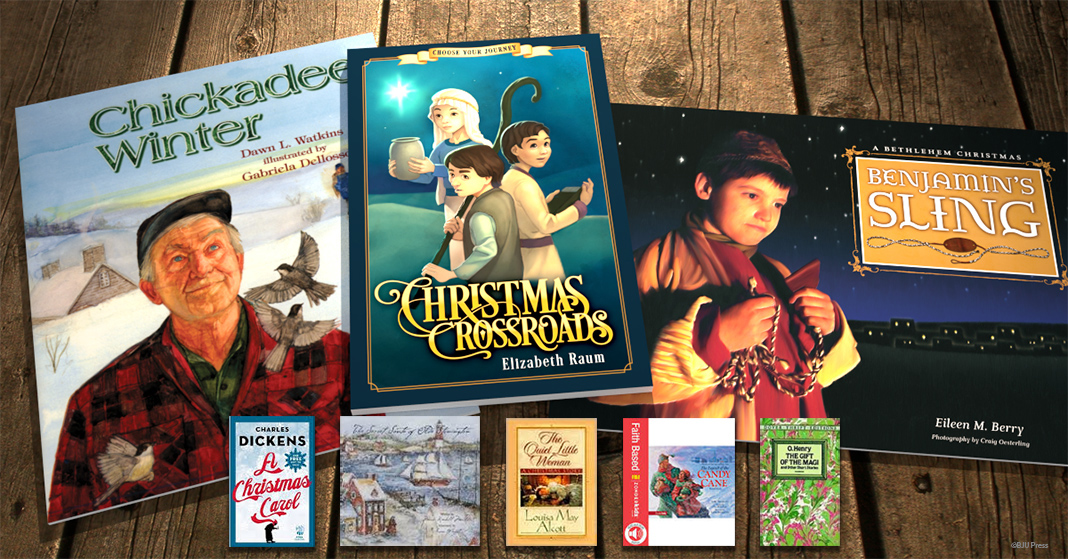
We are thrilled to announce that Reading 2, a new Distance Learning course taught by Mrs. Walker, is now available! Mrs. Walker has also recorded a few online support videos to give you tips on guiding your child’s reading. Find out what she has to say about silent reading in the videos below.
Why Is Silent Reading Important?
A primary focus of your child’s elementary homeschool education needs to be his ability to read silently. Reading silently is something that all of us do every single day. Imagine how tedious it would be if we were required to read every product tag, highway sign, blog post, and book out loud! But what is the value in teaching your child to read silently? Why is it worth it for him to learn it?
Practicing silent reading skills will enhance your child’s speed, comprehension, and focus in reading. It will activate his imagination and allow him to visualize what he is reading in his own mind. Reading silently will also enable him to engage with what he’s reading. If he has engaged with the content, he will be better able to discerning the author’s level of skill in writing and to discover the author’s intended message. Then he can ask meaningful questions and work to understand the material at a depth he can discuss with you instead of merely repeating back to you what he has read. Finally, reading silently will clear away distractions for your student and help him fully focus on what he’s reading. The more he is able to focus, the more he will get out of what he reads, and the more obvious the applications for his life will be.
In an age when the volume of information is constantly increasing, your child needs to be able to fully understand the content in front of him so that he can evaluate it from a biblical worldview. Training your child to read silently will empower him to work through the large amounts of information he encounters on a daily basis.
What Is Sustained Silent Reading?
Sustained silent reading involves giving your student large blocks of time to dedicate to reading silently. Scheduling times of the day for your child to do nothing but read will clear away the distractions and help your child engage with the content in a meaningful way. Sustained silent reading will also lengthen your child’s attention span, which will enable him to process large amounts of text into applicable truths for his life.
So how can you get your child ready for sustained silent reading? First, be intentional with what you put in front of him. Give him a selection to read that he will find both easy to understand and interesting. Also, make sure you’re available to help him with any difficult words and answer any questions he has. You can also include topics in the selection that cater to your child’s specific interests. Maybe he has specific genres he prefers or certain topics he likes to explore. Giving him things to read in those areas will encourage him to learn more about the things he already loves. Finally, you could set aside a designated spot in your home for him to read, such as a reading nook or a special chair. This way, your child will always know that any reading done there will be both peaceful and focused.
While advertisements and social media typically give us shorter messages, your child can definitely expect to encounter larger amounts of writing in everyday life. Creating long periods of time for your student to read silently will enable him to handle and process larger chunks of information.
How Do You Assess It?
Every skill your child is learning should be measured so that you know how he is growing. But silent reading can be a difficult skill to measure. So how can you evaluate it?
BJU Press Homeschool has provided numerous tools for assessing how well your student is doing with silent reading. Each worksheet contains several components to help you get a feel for your child’s strengths and weaknesses in reading. They provide a goal for your child’s reading—which will help him read both proactively and reactively. The worksheets contain a series of comprehensive questions to make sure your child is thoroughly understanding what he reads. Finally, the worksheets will build up to more difficult questions to stretch your student’s critical-thinking skills, appropriate to his reading level. The ability to measure where your child is with reading silently will help determine where your student needs to grow and encourage him in areas where he already excels.
Hopefully these videos have made it clear why silent reading is such an important practice for your student! And be sure to check out the new Reading 2 course and its exciting amusement park theme. If you purchase the online course, you will have access to it immediately; if you choose DVDs, you can expect your order to ship by August 1. Happy reading!
• • • • •
Matt recently graduated with an MA in communication studies and currently works as a freelance writer. He attributes the wild variety in his current opportunities to the exploration his parents gave him through the homeschooling experience. He enjoys theater, the gym, and choral music and will rarely say no to a cold glass of sweet tea.



